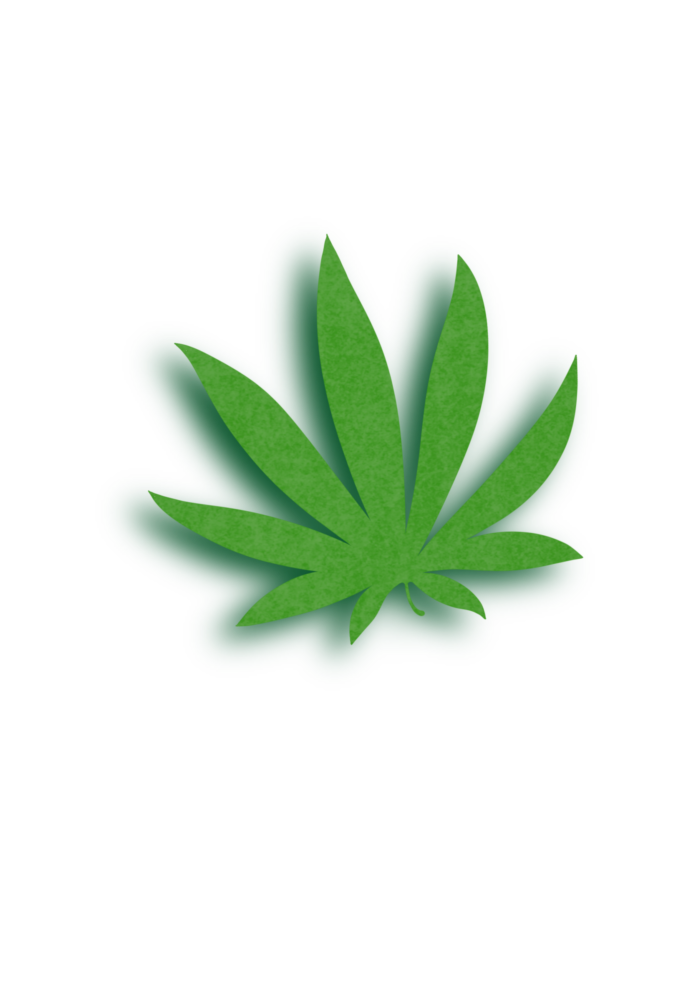
The sacred holiday of 4/20 is upon us. A day celebrated by those who share the love of the plant known as cannabis, marijuana, ganja, Mary Jane, devils’ lettuce or pot.
The history of marijuana is an incredibly fascinating tale, and whether you like this plant or not – the history is important to know. To this day, many people still view it as an absolute harm, despite it being legalized for medical use in 38 U.S. states.
In a sense, it absolutely is a drug. But not a drug that should contain a negative connotation, a drug such as illegal opioids or other life-threatening drugs. But rather, a drug such as Advil, Mucinex or antidepressants – because if used correctly, marijuana has incredible beneficial properties that can help with symptoms of cancer or help ease mental health related struggles.
In some sense it is fair to say that marijuana is safer for a person than alcohol, which makes you lose control of your faculties, masking your senses and leaving you with a horrific hangover – whereas marijuana relaxes you, can relieve pain and at worst makes you sleepy. If abused it can of course have negative reactions in the body and mind, as do all other medicines.
While marijuana may make you feel better compared to substances like alcohol and does not diminish one’s ability to act or feel senses, it is still illegal and dangerous to operate while driving – an important factor to keep in mind during this year’s 4/20 celebrations.
With that being said, what of its history?
According to the History website, “Marijuana, also known as cannabis or pot, has a long history of human use. Most ancient cultures didn’t grow the plant to get high, but as herbal medicine, likely starting in Asia around 500 BC. The history of cannabis cultivation in America dates back to the early colonists, who grew hemp for textiles and rope.”
Hemp itself, as in the plant, alone has incredible properties. It can be used to make paper, ropes, clothing, shoes, bioplastics, insulation and many other things useful for everyday life. The seeds of the plant can also be used as food, and often was. While this plant derived from Central Asia, it spread from Africa to Europe and then made its way to the America’s.
This being known begs the question as to why it would ever be criminalized. Why are human beings still cutting down trees to make paper, when we can use this plant that is quite easy to grow in many places? Why is plastic still being produced when the cannabis plant can be used to make bioplastics? Why aren’t companies making biodegradable clothing with this plant? How did humankind go from the status quo of the 1600’s, where places such as Massachusetts and Virginia would specifically ask farmers to grow this plant, to many being arrested for having a joint on hand?
As History online states, “In the United States, marijuana wasn’t widely used for recreational purposes until the early 1900s. Immigrants from Mexico to the United States during the tumultuous years of the Mexican Revolution introduced the recreational practice of smoking marijuana to American culture. Massive unemployment and social unrest during the Great Depression stoked resentment of Mexican immigrants and public fear of the “evil weed.” As a result — and consistent with the Prohibition era’s view of all intoxicants — 29 states had outlawed cannabis by 1931.”
Following this in 1937, the U.S. federal government made their first steps to criminalize this plant – putting in place the Marijuana Tax Act. Roughly 30 years later, former President Richard Nixon led the way for the “War on Drugs” with the Controlled Substances Act of 1970 which he signed into law.
Roughly one year after this act was set in place, a group of high school students would meet after school to smoke at 4:20 in the afternoon – referring to their reefers as “420” for a code word.
According to Time magazine, “The most credible story traces 4/20 to Marin County, Calif. In 1971, five students at San Rafael High School would meet at 4:20 p.m. by the campus’ statue of chemist Louis Pasteur to partake. They chose that specific time because extracurricular activities had usually ended by then. This group — Steve Capper, Dave Reddix, Jeffrey Noel, Larry Schwartz, and Mark Gravich — became known as the “Waldos” because they met at a wall.”
While these five students may have created the term “420,” it was the bassist Phil Lesh of the great improvisational psychedelic rock band, the Grateful Dead – with the assistance of Reddix’s brother who happened to be a groupie of the band.
Then, “On Dec. 28, 1990, a group of Deadheads in Oakland handed out flyers that invited people to smoke “420” on April 20 at 4:20 p.m. One ended up with Steve Bloom, a former reporter for “High Times” magazine, an authority on cannabis culture. The magazine printed the flier in 1991 and continued to reference the number. Soon, it became known worldwide as code for marijuana.”
In the age of hippies, peace, love and drugs, it is only fitting that a few high school kids would take their after school hang out activity, and plant the seeds of what would become a national holiday for those who share an appreciation for the culture of cannabis.
For comments/questions about this story tweet @TheWhitOnline or email the.whit.feature@gmail.com





